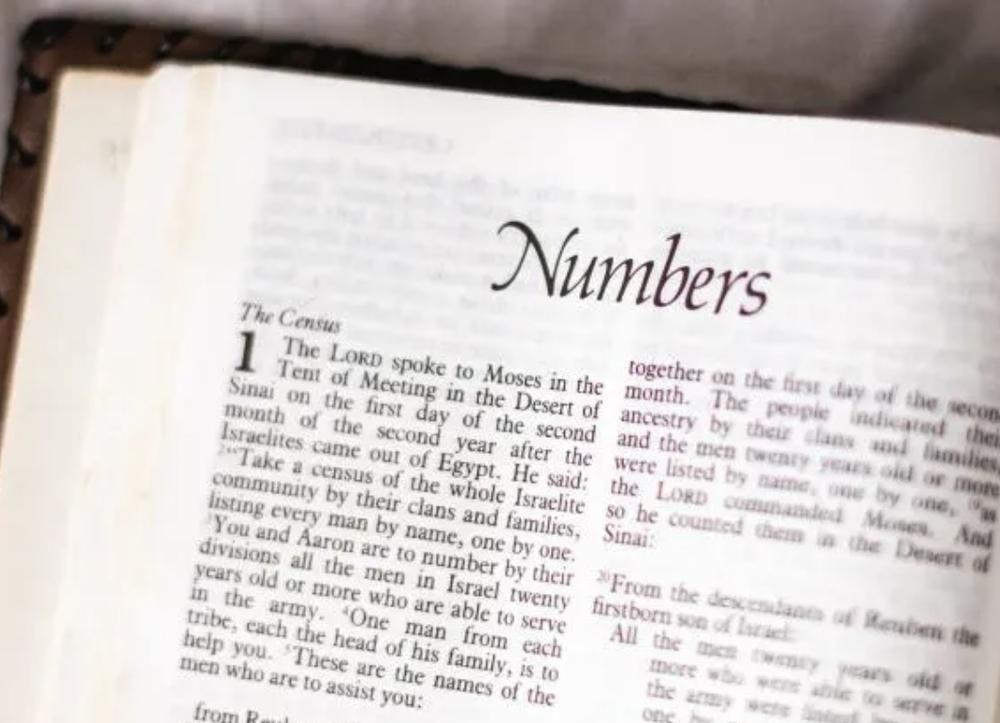I don’t know if you knew this or not, but there was a bit of a dustup in Iowa’s Capitol building a few weeks ago. Here’s a quick summary.
The statehouse has a policy that allows different groups to put up a display for a period of time. The Satanic Temple made a written request to use this opportunity to display a Baphomet statue. After some back and forth on details, it was approved.
The display went up and folks got angry. The governor urged folks to pray over the building.
A Mississippi man, Michael Cassidy, drove across the country, entered the State Capital and destroyed the display with a hammer.
Cassidy was charged with a crime for his actions. However, there is a small (but very vocal) contingent of true believers on X (formerly Twitter) that believes Cassidy to be a hero and that all charges should be dropped.
The following tweet is illustrative of that (and click here for tmatt’s GetReligion post on the media coverage). But, I would argue that Ben Zeisloft has a fundamentally incorrect understanding of the religious composition of Iowa. In fact, Iowa is not some throwback to when America was very religious. Just the opposite - it reflects the overall movement away from religion in places where it used to dominate.







